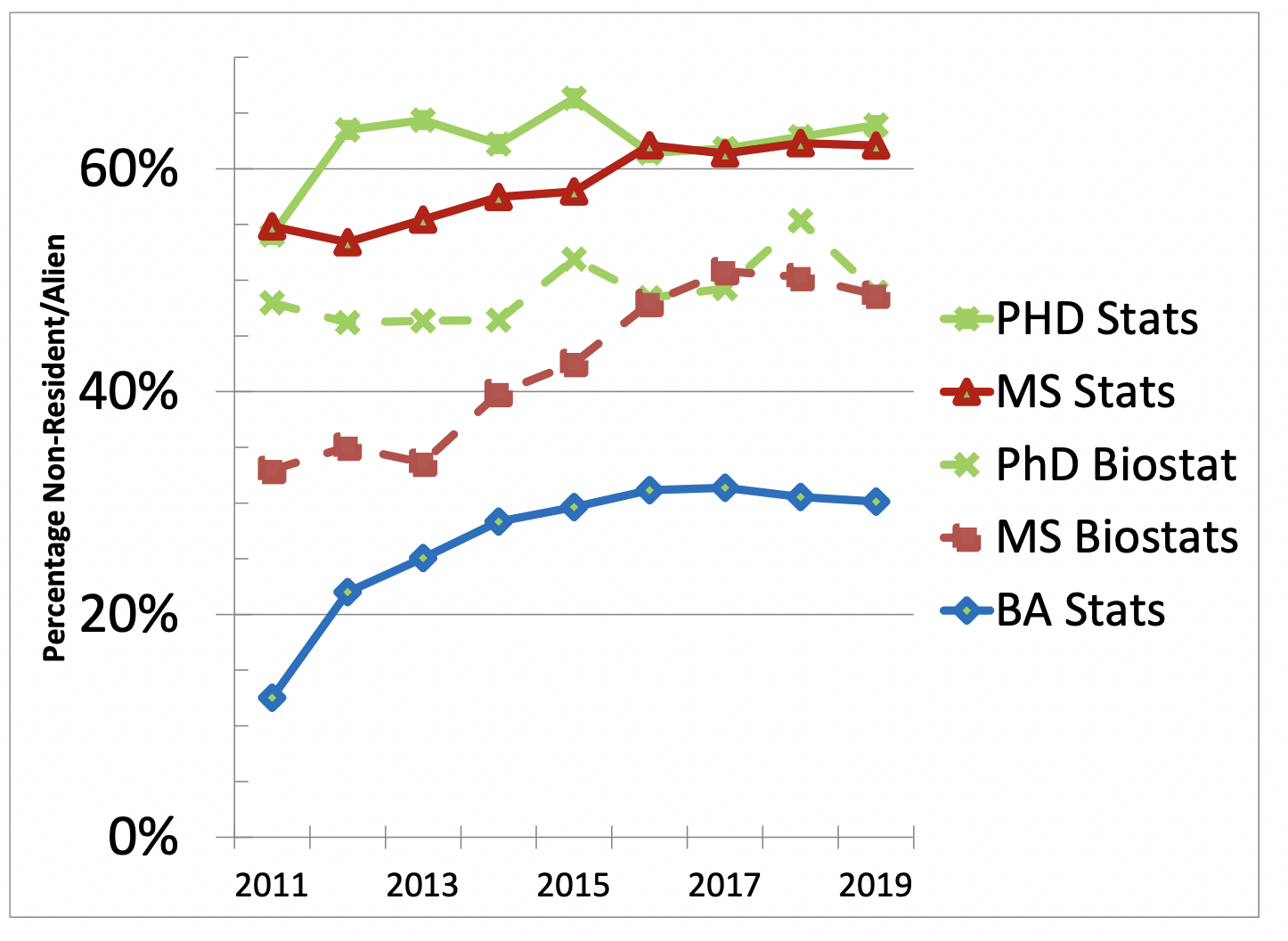

Based on the findings of the study, participation can be categorized into three dimensions. This research is applied in terms of purpose and qualitative in natureIn order to present a clear picture of social participation in neighborhoods, a fundamental theory approach has been used. Therefore, the participation of the people in the neighborhood is the management of people-centered, the development and strengthening of social capital and encouraging them to sustain its main goals. The purpose of this study is to analyze how social resilience in neighborhoods that have a history of social unity and because of their shared past can be a good example formulating an appropriate social resilience model at urban level.It is one of the most important characteristics of a person's serious attention to their material and spiritual needs and human dignity.


From a social point of view, this has led to the formation of neighborhoods with group, ethnic, cultural diversity, and ultimately to the problem of integrated local social resilience. In recent decades, irregular migration to cities has provided the basis for changes and changes in various aspects of the spatial structure of urban neighborhoods.


 0 kommentar(er)
0 kommentar(er)
